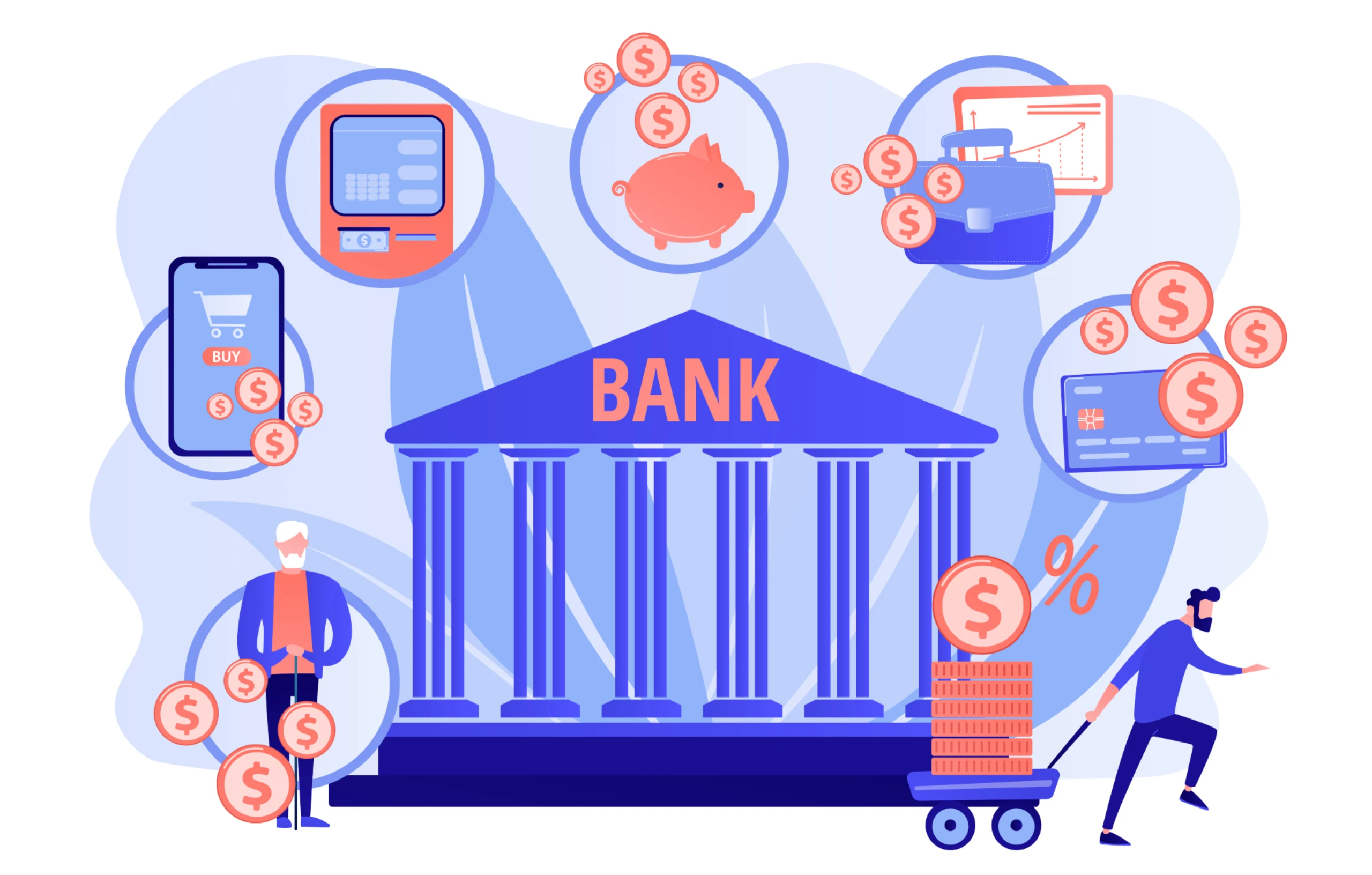Digital Banking To Neo-Banks: Technology Transforming The Financial Services

Digitization is now all ubiquitous. It has touched almost all industrial gamut, including banking and financial services. In India, the financial ecosystem has witnessed multiple financial inclusions. For example, the introduction of the biometric Aadhar Card to the Unified Payments Interface (UPI) has steered unprecedented digital disruption in the traditional Indian banking scenario. The introduction of Direct Benefit Transfer or DBT by the GoI through apps like PM-SVANIDHI and PM-KISAN and the development of the AA or the Account Aggregator regulatory framework by the RBI has further catalyzed the credit industry in the country.

The fact is that in this new-age era of digital transformation, digital banking and the growth of Neo-banks are coming up as stiff competitors to traditional financial institutions that are still working with legacy systems. Neo-banks or digital-only banks are fast becoming a force to reckon with their innovative services as they have already started to garner impressive market share in the industry.
It’s not surprising that almost 205 million Indians have an account in a digital-only bank. By 2027, the number is expected to rise to 397 million.
Changing the face of Fintech, Neo-banks offer an efficient and cheaper alternative to customers vis-a-vis traditional banks. With the help of new-age technologies, they take personalization to a different level. The technological revolution has heralded a completely new era. Here, banks cease to exist in the real world or let’s say that banks no longer have physical branches. Everything is in the online space. Neo-banks are digital banks offering almost all the functionalities of a traditional bank except that they do not have a physical presence. While the trend picked up during the pandemic and the subsequent lockdown, it is now a post-pandemic reality. These digital banking units offer services from instant loans to fixed deposits, savings and current accounts, fixed deposits, and more. All of these are offered via an app and in partnership with a registered bank.
They leverage technology and artificial intelligence to provide personalized services to customers while minimizing operating costs. Since traditional banks use legacy systems, they are not as agile to meet the needs of a tech-savvy generation as they should be. Neobanks, on the other hand, are empowered as their services are based on innovation, making them quicker. Not just that, neo-banks in India are working with the MSME sector and retail customers – two niches that are typically not on top priority for conventional banks. Considering the convenience factor, this one is a big hit with end customers and is expected to grow further from here.
Let’s see how different technologies are transforming the financial sector in India:
API-led banking
The Reserve Bank of India launched the RTGS and NEFT almost ten years back, after which came the decade of IMPS launched by the National Payments Corporation of India. Post this. The Indian financial industry has witnessed the emergence of API-led banking, where an API or Application Programming Interface works as the middleman to ensure that the communication between digital banks and third parties is seamless. With APIs, banks and third parties offer safe services to customers in real-time. There are innumerable examples of this technological functioning – money transfers using mobile wallets, checking credit scores, viewing account balances, applying for loans, etc.
Self-Service is the new way of delighting customers.
The age of queuing up in front of bank counters to deposit or withdraw money, fill forms, etc., is long over. Today, technology has empowered new-age banks to offer enhanced self-service choices to their customers. These services are not merely limited to basic tasks. Still, they enable customers to perform numerous advanced banking-related tasks like applying for loans, buying insurance, opening new accounts, and more in this new era. As a result, customers today are in the driver’s seat where managing their financial position is concerned and better informed to make crucial personal financial decisions.
Robotic Process Automation
RPA helps bankers interpret huge volumes of unstructured data related to transaction and behavioral data. Robotic Process Automation is leading the way in innovating customer experiences. This is because RPA offers quality data at a better speed and scale. With the help of bots, repetitive tasks are no longer dependent on humans. Thus, the banking staff can reduce errors and can focus on handling intricate customer queries. As a result, customer services are now at one of the best levels of satisfaction in the industry.
Use of voice commands through Voice Bots. We all know of chatbots as more and more banks now rely on them to help address customer queries and resolve them faster. However, as the progression continues and technology advances, voice assistants will come to the scene, replace chatbots and enable customers to use direct voice commands to carry out multiple banking-related tasks. A typical example is when the voice bots ask the customer to change his pin or open a new account, all facilitated through voice commands without typing. All of this is possible with voice recognition technology that syncs with AI and NP. Some of the other technology-bound processes in line are thumb impressions, face and iris recognition, biometric authentication, and more.
Data Analytics
Data is at the core of enhancing customer experiences, and the banking sector is adopting technical tools and methods to get better insights. Today, financial services use real-time actionable data analytics to offer competitively-edged services to customers with better decision-making powers. The data also helps bankers upsell, cross-sell, plan upcoming products and offerings, and more. Another advantage is how the analytics help banks offer personalized services to their customers.
Pros of Neo-Banks
- Neo-banks have fewer regulatory and credit risk issues
- They offer premium services at low costs
- The convenience factor of Neo-banks is also way higher than traditional banks as all operations happen via an app
- As banks work using digital means, the service speed is also faster
Cons of Neo-Banks
- Neo-banks have regulatory issues as the RBI is yet to recognize them fully
- In the absence of a physical branch, some customers feel that these banks are impersonal
Conclusion
Technology is bringing about revolutionary changes in the financial sector. The sector, thankfully, has been very adaptive in adopting these technology gamuts. The focus is on the customer, and digital banking and automation are the keys to personalizing the entire banking process.
Share this article
© 2025 Winsoft Technologies India Pvt. Ltd.




